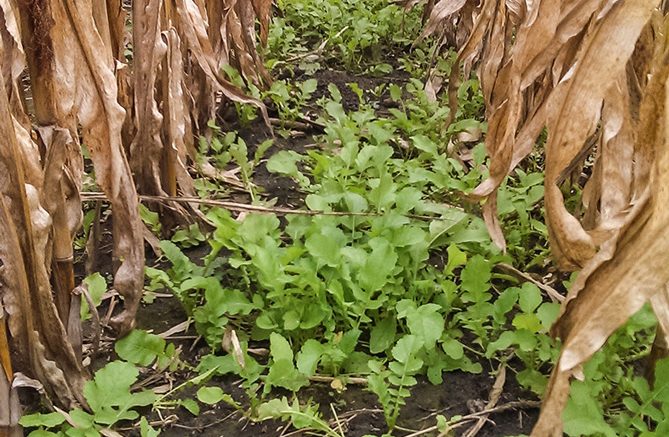Radishes can be used as biofumigants and break up soil
Integrating cover crops into a farming system can be beneficial in more ways than one. The Sustainable, Secure Food Blog explores the use of radishes as a cover crop and the advantages that come with it.
Blogger Ivan A. Dozier explains, “Thick radish roots are an ideal choice for natural drilling into the soil to reduce compaction. When the radish crops are terminated, the radish and roots leave large, open pores in the soil. This increases soil aeration and water infiltration.”
Besides breaking up soil naturally, radishes can “scavenge” and clean up soil as well. They absorb extra nutrients. Radishes also contain natural chemical combatants, called biofumigants, that can deter pests.
Farmers choose the radish variety to plant as a cover crop depending on the job they want to do – just like choosing the right tool for any job.
To learn more about radishes as a cover crop, read the entire blog: https://sustainable-secure-food-blog.com/2021/02/22/how-do-radishes-work-as-a-cover-crop/

